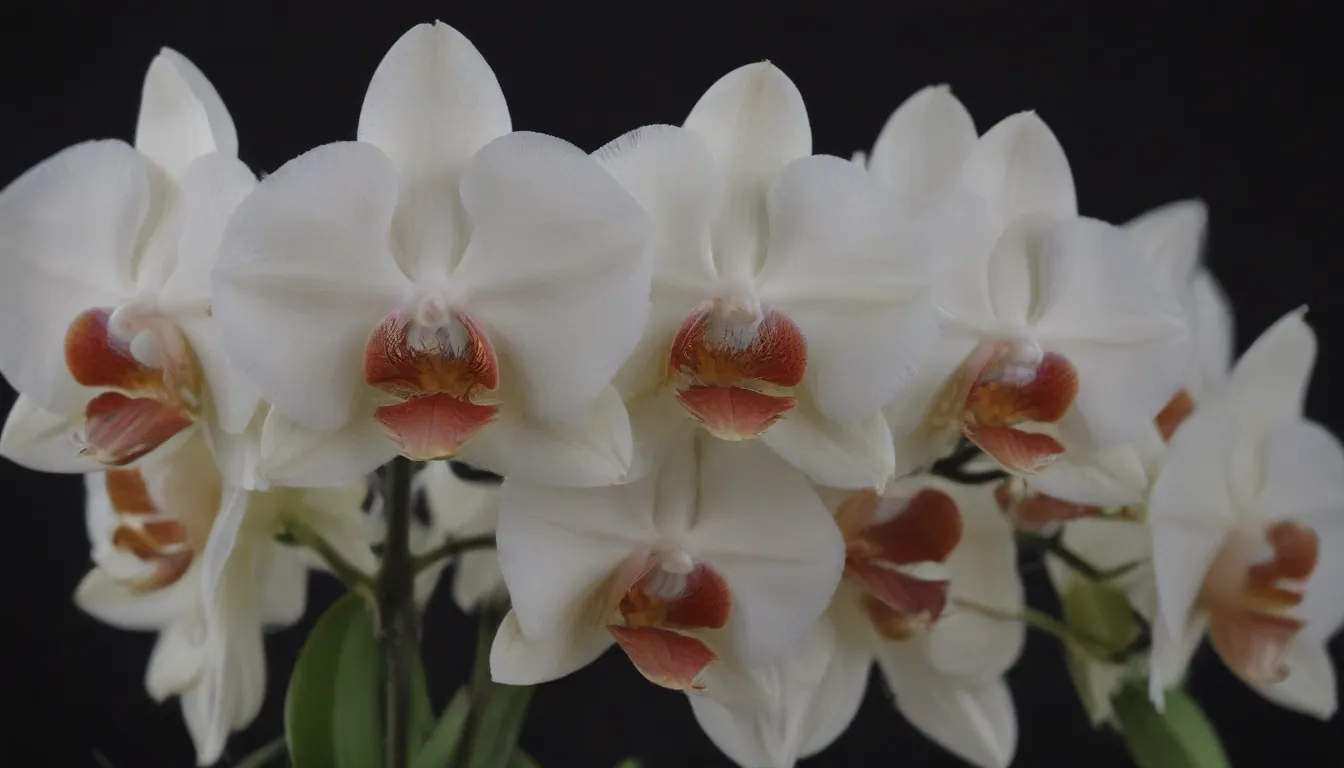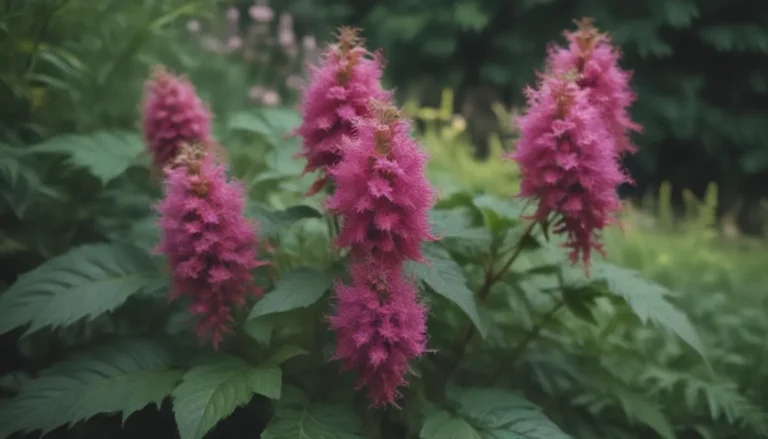A Comprehensive Guide to Growing Mounted Orchids

Are you looking to add a touch of tropical flair to your home or garden? Consider growing orchids in a unique and visually stunning way by mounting them on bark slabs or other materials instead of in traditional pots. Not only does this method enhance the aesthetic appeal of your plants, but it also provides a more natural environment for them to thrive. In this in-depth guide, we will walk you through everything you need to know about growing mounted orchids, from the types of orchids to mount to the materials you should use and how to care for your orchid once it’s mounted. Let’s dive in!
Types of Orchids To Mount
When selecting orchids to mount, it’s essential to choose varieties that are well-suited to this growing method. Look for orchids that naturally grow on trees or in the nooks of branches, as these species are more likely to thrive when mounted in your home or garden. Some suitable orchids for mounting include:
- Miniature cattleya and phalaenopsis orchids: Perfect for beginner orchid growers and easy to care for.
- Brassavola orchids: Thrive on mounts but may require frequent remounting due to their rapid growth.
- Avoid mounting large orchids like cymbidiums, as they may outgrow their mount quickly.
- Orchids that require consistently moist roots, such as ludisia or oncidium orchids, may be challenging to keep hydrated when mounted.
- Sarcochilus and Phragmipedium orchids: These species demand consistent moisture, making them tricky to maintain on mounts.
Choosing Materials for an Orchid Mount
When it comes to mounting your orchids, the materials you choose can make a significant difference in their growth and development. Consider the following factors when selecting a mount:
- Appearance: Choose a mount that complements the aesthetics of your orchid and your living space.
- Functionality: Select a mount that provides adequate support and encourages root growth.
- Durability: Opt for a durable material that can withstand the humid environment required for orchid growth.
Common materials for orchid mounts include:
- Coco husk fiber plaques: Hold moisture well and have a natural bronze color.
- Cork bar slabs and cypress bark slabs: Feature crevices that encourage root exploration but may decay quickly in humid conditions.
- Driftwood: A decorative option that may require additional humidity for optimal growth.
- Tree fern plaques and totems: Durable and moisture-retentive, resembling miniature trees.
How to Mount an Orchid
Mounting an orchid is a simple process that can be done with just a few supplies. Follow these steps to mount your orchid successfully:
- Prepare the Mount: Secure string or wire to the back of the mount for hanging.
- Soak the Mount: Submerge the mount in warm water for a few hours to saturate it.
- Prepare the Orchid: Soak the orchid’s roots in water for 20 minutes to make them pliable.
- Remove Potting Media: Gently remove the orchid’s roots from the potting media and trim any dead or rotting roots.
- Wrap Roots in Moss: Pack moist sphagnum moss around the orchid’s roots to reduce transplant shock.
- Attach Orchid to Mount: Use floral wire, fishing line, or other non-biodegradable string to attach the orchid to the mount.
- Allow Roots to Secure: Keep the orchid in place until the roots have secured themselves onto the mount.
Caring for a Mounted Orchid
Caring for a mounted orchid requires attention to detail and a few specific considerations. Here are some tips for maintaining a healthy mounted orchid:
- Watering: Water the plant at least three times a week by submerging the entire mount to saturate it and increase ambient humidity.
- Light: Provide bright, indirect light for at least 10 hours a day to promote healthy growth.
- Location: Consider the placement of your mounted orchid, ensuring it receives adequate sunlight based on its specific requirements.
- Humidity: Monitor the humidity levels around your orchid and provide additional moisture as needed.
- Root Growth: Over time, observe new roots developing on your orchid and watch as they adapt to their mount.
By following these care tips and choosing the right materials for mounting your orchids, you can create a stunning display of tropical plants that thrive in their natural epiphytic habitat. Experiment with different orchid varieties and mounting techniques to discover the perfect combination for your home or garden. Happy mounting!





